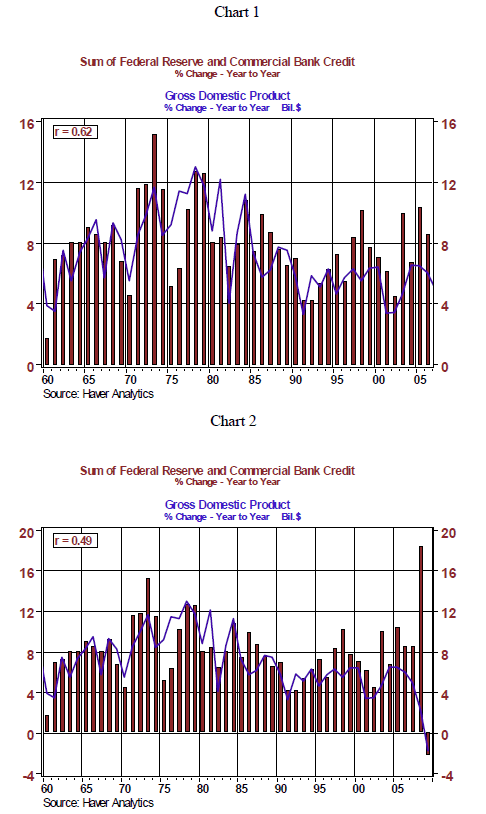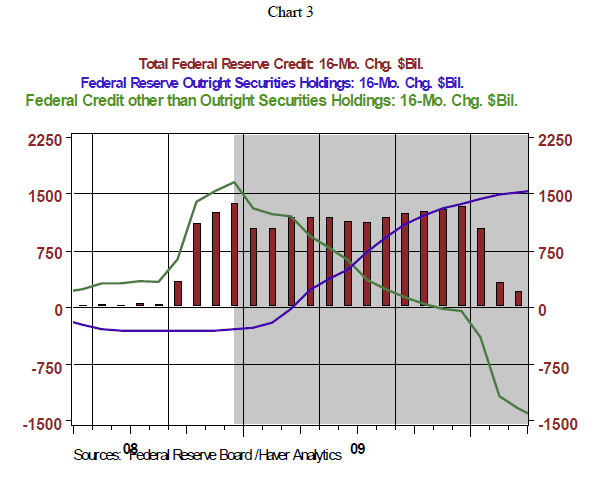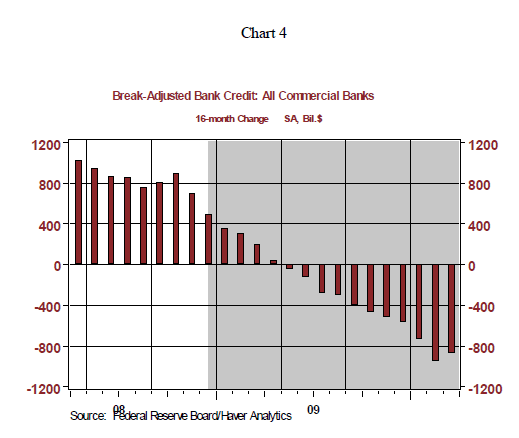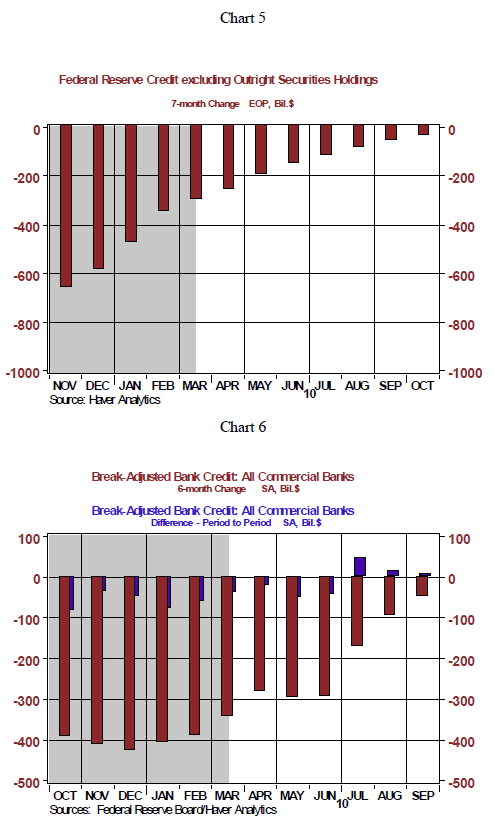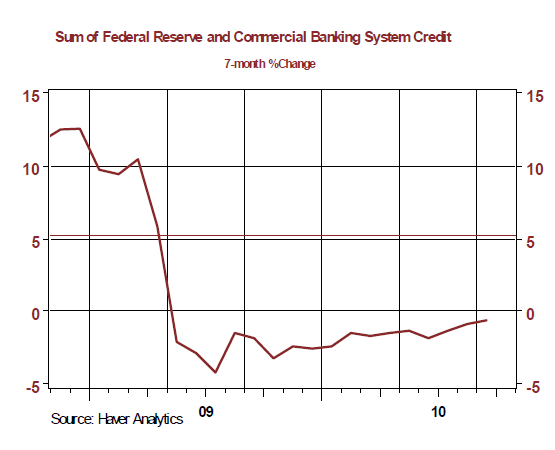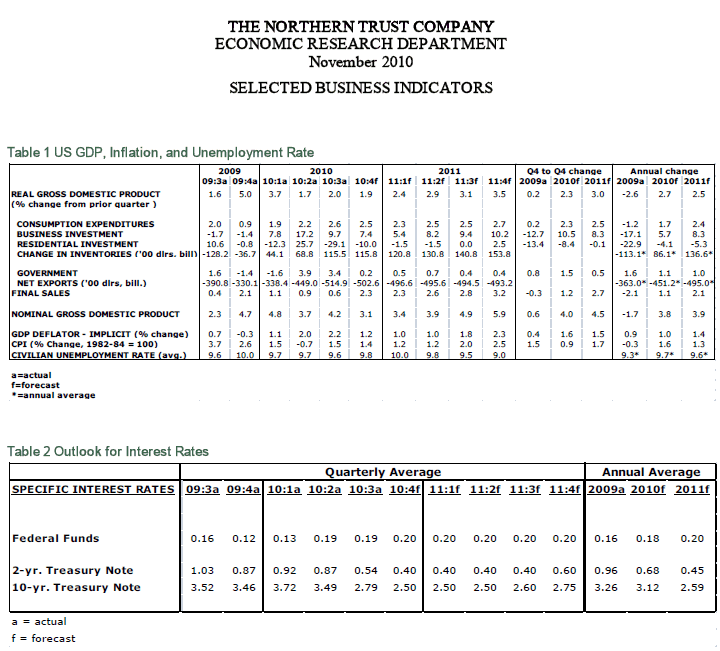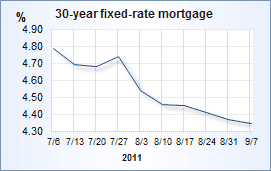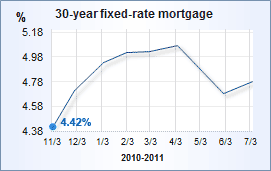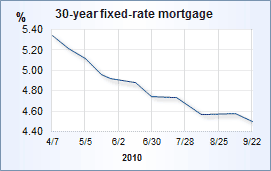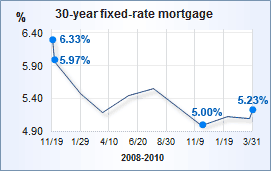
Nouriel Roubini is an American professor of economics at New York
University's Stern School of Business and chairman of Roubini Global
Economics, an economic consultancy firm.
Roubini may now be best known for his frequent commentary on global
markets, often with a pessimistic view point.
After receiving a BA in political economics at Bocconi University,
Milan, Italy and a doctorate in international economics at Harvard
University, Cambridge, Massachusetts, he began academic research and
policy making by teaching at Yale while also spending time at the
International Monetary Fund (IMF), the Federal Reserve, World Bank,
and Bank of Israel. Much of his early studies focused on emerging
markets. During the administration of President Bill Clinton, he was a
senior economist for the Council of Economic Advisers, later moving to
the United States Treasury Department as a senior adviser to Timothy
Geithner, who is now Treasury Secretary.
In 2008, Fortune magazine wrote, "In 2005 Roubini said home prices
were riding a speculative wave that would soon sink the economy. Back
then the professor was called a Cassandra. Now he's a sage". The New
York Times notes that he foresaw "homeowners defaulting on mortgages,
trillions of dollars of mortgage-backed securities unraveling
worldwide and the global financial system shuddering to a halt". In
September 2006, he warned a skeptical IMF that "the United States was
likely to face a once-in-a-lifetime housing bust, an oil shock,
sharply declining consumer confidence, and, ultimately, a deep
recession". Nobel laureate Paul Krugman adds that his once "seemingly
outlandish" predictions have been matched "or even exceeded by
reality."
As Roubini's descriptions of the current economic crisis have proven
to be accurate, he is today a major figure in the U.S. and
international debate about the economy, and spends much of his time
shuttling between meetings with central bank governors and finance
ministers in Europe and Asia. Although he is ranked only 512th in
terms of lifetime academic citations, he was #4 on Foreign Policy
magazine's list of the "top 100 global thinkers." He has appeared
before Congress, the Council on Foreign Relations, and the World
Economic Forum at Davos.
Early Life and Education
Nouriel Roubini was born in Istanbul, Turkey, to Iranian Jewish
parents. When he was age two, his family moved to Tehran, Iran, and
later he lived in Israel. From 1962 to 1983 he resided in Italy where
he attended Bocconi University in Milan, and then he moved to the
United States to pursue his business doctorate in international
economics at Harvard University. He is currently a U.S. citizen and
speaks English, Persian, Italian, and Hebrew. He lives in Manhattan,
has never married, and is "well-known on the New York club circuit".
Roubini spent one year at the Hebrew University of Jerusalem before
moving to Milan, Italy, where he received his B.A., summa cum laude,
in economics from the Bocconi University in 1982. He received his
Ph.D. in international economics from Harvard University in 1988.
According to his academic adviser, Jeffrey Sachs, he was unusual in
his talent with both mathematics and intuitive understanding of
economic institutions. In an interview in June 2009, when asked about
his best investment in life, he replied, "I think investing in a good
education has been key for me, although the investment was more in
time than money."
Career
For much of the 1990s, Roubini combined academic research and policy
making by teaching at Yale and then in New York, while also spending
time at the International Monetary Fund, the Federal Reserve, World
Bank and Bank of Israel. Currently, he is a professor at the Stern
School of Business at New York University. He spent much of his time
working on emerging market blowouts in Asia and Latin America which
helped him spot the looming disaster in the U.S. "I've been studying
emerging markets for 20 years, and saw the same signs in the U.S. that
I saw in them, which was that we were in a massive credit bubble," he
said.
By 1998, he joined the Clinton administration first as a senior
economist in the White House Council of Economic Advisers and then
moved to the Treasury department as a senior adviser to Timothy
Geithner, then the undersecretary for international affairs and now
Treasury secretary in the Obama administration.
Roubini returned to the IMF in 2001 as a visiting scholar while it
battled a financial meltdown in Argentina. He co-wrote a book on
saving bankrupt economies entitled Bailouts or Bail-ins? and opened
his own consulting firm.
Role Models
He credits a number of economists for his understanding of economics.
He said, "One person who has had a great impact on me intellectually
was my adviser at Harvard, Jeffrey Sachs. For me he's the model of a
great intellectual. He is both a rigorous academic and very human,
involved in big picture issues such as poverty, AIDS, and Africa. He's
someone with a great mind that is also very engaged with the world.
Another intellectual hero is Larry Summers, the former President of
Harvard, an amazing intellectual and academic, who is very deeply
involved with the policy world. I worked for him for many years in the
US Treasury during the Clinton Administration".
Global Nomad
He likes to refer to himself as a "global nomad", and says, "You can
be sitting still surfing the Internet, and experience other worlds,
ideas and societies. But I've found that there is nothing better than
visiting a different country, even if for three days. ... you can't
only be a virtual Global Nomad, with goggles on, in a virtual reality.
You have to be there. You have to see it, smell it and live it. You
have to see people, travel, and interact."
Partly to fulfill this need, he became chairman of RGE, an economic
consultancy for financial analysis. In describing the purpose of RGE
Monitor, he said, "the world is my home, so everything about society
and culture — no matter how miniscule — is worth knowing. I am an
information junkie and created RGE Monitor to collect information
about what's happening around the world."
Speaking of his early influences, Roubini said, "I was born into a
relatively orthodox Jewish family in Iran, lived in Israel and Turkey,
and then moved to Italy as a child. By the age of six, instead of
going to a yeshiva, I went to a secular Jewish school where I
interacted with kids from all sorts of different backgrounds. Had I
gone to an orthodox Jewish school, I would perhaps be orthodox now and
may have never become a Global Nomad."
Personal Investments
During an interview in June 2009, he was asked about his personal
lifestyle expenses and other investments. He said, "I regularly save
about 30% of my income. Apart from my mortgage, I don't have any other
debts. The credit crunch hasn't affected me much. . . . I've always
lived within my means and, luckily, have never been out of work. I
would say I'm a frugal person — I don't have very expensive tastes. .
. . You don't need to spend a lot to enjoy things."
Asked whether he invests in stocks, he replied, "Not as much these
days. I used to have a lot in equities — about 75% — but over the past
three years, I've had about 95% in cash and 5% in equities. You're not
getting much from savings these days but earning 0% is better than
losing 50%. . . . I don't believe in picking individual stocks or
assets. . . . Never invest your money as though you are gambling at
the casino. Buying and selling individual stocks is a waste of time."
Economic Forecast
U.S. Economy
In the 1990s, Roubini studied the collapse of emerging economies. He
used an intuitive, historical approach backed up by an understanding
of theoretical models to analyze these countries and came to the
conclusion that a common denominator was the large current account
deficits financed by loans from abroad. Roubini theorized that the
United States might be the next to suffer, and as early as 2004 began
writing about a possible future collapse. Business Week magazine
writer Michael Mandel, however, noted in 2006 that Roubini and other
economists often make general predictions which could happen over
multi-year periods.
In September 2006, he saw the end of the real estate bubble: "When
supply increases, prices fall: That's been the trend for 110 years,
since 1890. But since 1997, real home prices have increased by about
90 percent. There is no economic fundamental—real income, migration,
interest rates, demographics—that can explain this. It means there was
a speculative bubble. And now that bubble is bursting." In the Spring
2006 issue of International Finance, he wrote an article titled "Why
Central Banks Should Burst Bubbles" in which he argued that central
banks should take action against asset bubbles. When asked whether the
real estate ride was over, he said, "Not only is it over, it's going
to be a nasty fall."
By May 2009, he felt that analysts expecting the U.S. economy to
rebound in the third and fourth quarter were "too optimistic." He
stated, "Certainly the rate of economic contraction is slowing down
from the freefall of the last two quarters." He expects negative
growth to the end of 2009, and feels that during 2010 the recovery is
still going to be weak," with the full recession lasting 24 or 36
months, and a possibility of an "L-shaped" slow recovery that Japan
went through in The Lost Decade. But in fact, the US economy started
to grow in mid 2009 just like the optimistic analysts forecasted.
In his opinion, much of the current recession's cause is due to
"boom-and-bust cycles," and feels the U.S. economy needs to find a
different growth path in the future. "We've been growing through a
period of time of repeated big bubbles," he said. "We've had a model
of 'growth' based on overconsumption and lack of savings. And now that
model has broken down because we borrowed too much." He feels that too
much human capital went into financing the "most unproductive form of
capital, meaning housing" and would like to see America create a model
of growth in more-productive activities. He feels that "sustainable
growth may mean investing slowly in infrastructures for the future,
and rebuilding our human capital," by investing in renewable
resources. "We don't know what it's going to be," he says, "but it's
going to be a challenge to find a new growth model. It's not going to
be simple."
Recovery From Recession
In August 2009 Roubini predicted that the global economy will begin
recovering near the end of 2009, but the U.S. economy is likely to
grow only about 1 percent annually during the next two years, which is
less than the 3 percent normal "trend." He notes that the Fed is "now
embarked on a policy in which they are in effect directly monetizing
about half of the budget deficit," but that as of now "monetization is
not inflationary," as banks are holding much of the money themselves
and not relending it. At some point, however, probably by 2011, he
sees the recession ending, and "banks will want to lend the money;
people and businesses will want to borrow and spend it." Then it will
be time for an "exit strategy, of mopping up that liquidity" and
taking some of the money back out of circulation, "so it doesn't just
bid up house prices and stock values in a new bubble. And that will be
'very, very tricky indeed,'" he states. However this prediction proved
to be wrong when the US economy grew 2.2% in the third quarter of
2009, and contracted only 0.7% in the second quarter of 2009, showing
that the economy is recovering earlier and much more robustly than
Roubini expected.
Also, in late July he warned that if no clear exit strategy is
outlined and implemented, there was the potential of a perfect storm:
fiscal deficits, rising bond yields, higher oil prices, weak profits,
and a stagnant labor market, which combined could "blow the recovering
world economy back into a double-dip recession."
Global Economy
2009
As of January 2009, he remained pessimistic about the U.S. and global
economy. He said in September, 2008, "we have a subprime financial
system, not a subprime mortgage market". "As the U.S. economy shrinks,
the entire global economy will go into recession. In Europe, Canada,
Japan, and the other advanced economies, it will be severe. Nor will
emerging market economies—linked to the developed world by trade in
goods, finance, and currency—escape real pain." He was quoted in South
Africa's 2009 budget speech for his role in predicting the current
financial crisis in the developed markets.
Roubini notes that the subprime issues are a global, and not just a
U.S. problem. In an interview with author James Fallows in late spring
of 2009, he stated, "People talk about the American subprime problem,
but there were housing bubbles in the U.K., in Spain, in Ireland, in
Iceland, in a large part of emerging Europe, like the Baltics all the
way to Hungary and the Balkans. It was not just the U.S., and not just
'subprime.' It was excesses that led to the risk of a tipping point in
many different economies."
His pessimism is focused on the short-run rather than the medium or
long-run. In Foreign Policy (Jan/Feb 2009), he writes, "Last year's
worst-case scenarios came true. The global financial pandemic that I
and others had warned about is now upon us. But we are still only in
the early stages of this crisis. My predictions for the coming year,
unfortunately, are even more dire: The bubbles, and there were many,
have only begun to burst".
At a conference in Dubai in January, 2009, he said, the U.S. banking
system was "effectively insolvent." He added that the "systemic
banking crisis.... The problems of Citi, Bank of America and others
suggest the system is bankrupt. In Europe, it's the same thing." To
deal with this problem, he recommends that the U.S. government "do
triage between banks that are illiquid and undercapitalized but
solvent, and those that are insolvent. The insolvent ones you have to
shut down." He adds, "We're in a war economy. You need command-economy
allocation of credit to the real economy. Not enough is being done,"
he felt at the time.
2010
In 2010 he again warned that despite an improved economy with rising
stock markets, the crisis was not over and new bubbles were on the
horizon:
We are just at the next stage. This is where we move from a private to
a public debt problem . . . We socialised part of the private losses
by bailing out financial institutions and providing fiscal stimulus to
avoid the great recession from turning into a depression. But rising
public debt is never a free lunch, eventually you have to pay for it.
In late May 2010, markets around the world began dropping due partly
to problems in Greece and the Eurozone. "Roubini believes Greece will
prove to be just the first of a series of countries standing on the
brink," writes the Telegraph. Roubini explains the new issues
governments must deal with:
We have to start to worry about the solvency of governments. What is
happening today in Greece is the tip of the iceberg of rising
sovereign debt problems in the eurozone, in the UK, in Japan and in
the US. This... is going to be the next issue in the global financial
crisis.
China
Roubini met officials in China during spring 2009, and points out that
many Chinese commentators blame American "overborrowing and excess"
for dragging them into a recession. However, he states that "even they
realize that the very excess of American demand has created a market
for Chinese exports." He adds that although Chinese leaders "would
love to be less dependent on American customers and hate having so
many of their nation's foreign assets tied up in U.S. dollars,"
they're now "more worried about keeping Chinese exporters in business.
. . . I don't think even the Chinese authorities have fully
internalized the contradictions of their position."




